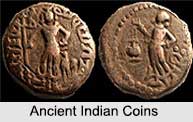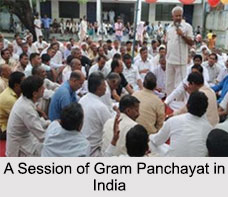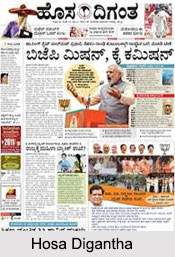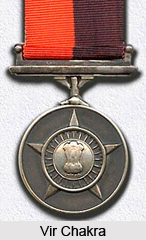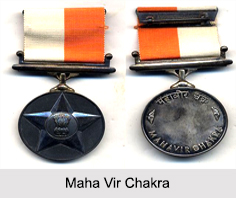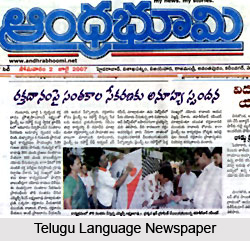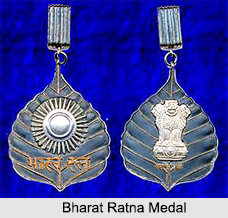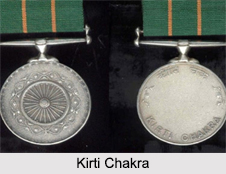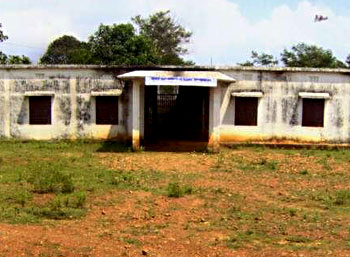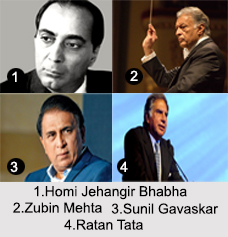Army command in British India was under the Commander-in-Chief. On the one hand, the Governor General was associated with administrative control and on the other hand, the Commander-in-Chief in India was the chief executive officer of the army. With the headquarters of the Government in Bengal the Commander-in-Chief held a special command of the forces in Bengal Presidency and exercised general control over the Bombay and Madras armies. The governments of these Presidencies also possessed some definite administrative powers in respect of their armies. This system was altered in 1893 on the recommendations of a Commission of Enquiry and a subsequent Act of Parliament. The provincial Commanders-in-Chief were abolished and the powers held by them were transferred to such officers as the Commander-in-Chief in India appointed with the approval of the Governor General-in-Council.
Further, the Commander-in-Chief relinquished the direct command of the troops in Bengal. The Presidency governments of Bombay and Madras ceased to have any powers of military control over their armies which were transferred to the Governor General-in-Council. The General Officers Commanding Presidency armies also ceased to be members of the Presidency Council. The Presidency armies were also eradicated with effect from 1st of April, 1895 and four commands were formed. These were Punjab including the North West Frontier; Bengal; Madras including Burma and Bombay including Sind, Quetta and Aden. A Lieutenant General was appointed in each command.
Army command in British India had two or three districts. With the formation of the commands some special troops continued to remain under the direct control of the Government of India. These were two regiments of Central India Horse, the Hyderabad Contingent, the Malwa Bhil Corps, the Bhopal Battalion, the Deoli Irregular Force, the Erinpura Force, the Me-war Bhil Corps and the Merwara Battalion. Lord Kitchener initiated some far-reaching reforms in the year 1903. The designation `Indian Staff Corps` was abolished and henceforth all officers belonged to the Indian army. Burma was separated from India Command and designated Burma Command. The Hyderabad Contingent was broken up and delocalised. All the army units were re-numbered according to their arms of service. Moreover, the Gorkha battalions were numbered separately. It was emphasised that the principal role of the army was to defend the North West Frontier against an aggressive enemy. The army in peace time was to be organised, distributed and trained in units of command in such a manner that there would be no change in their organisation when they went to the field. Further, maintenance of internal security was a means to an end and the field army should always be free to carry out its functions; and the fighting units were to be given training and experience in their own specialised spheres for the role to be carried out in the field.
In 1857 personnel from the Punjab and North West Frontier Province provided less than ten per cent of the army strength. In 1905 the number was increased to 47 per cent and then to 58 per cent in 1930. Lord Kitchener further distributed the army into three corps - Northern, Eastern and Western exclusive of Aden, Burma, Chitral, Kohat and Derajat Districts. An army corps was composed of three divisions, each of which was to be complete in field army troops and internal security troops. The army was to be concentrated more towards the North West Frontier. This policy involved the abandonment of some 34 military stations and building of new accommodation for the troops at the new stations in the Punjab and along the frontier. All the places were strongly fortified and garrisoned. By 1908 the army was again divided into Northern and Southern Commands and the General Officer Commanding-in-Chief was made responsible only for command, training and inspection. Army Headquarters were made responsible for all administrative functions of these Commands.







